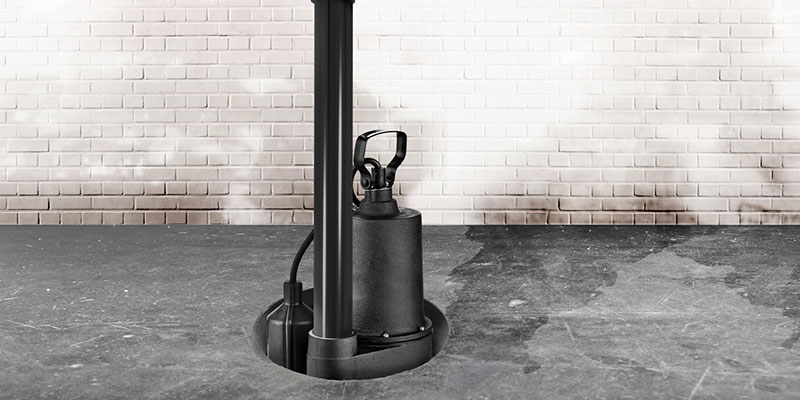Sump pumps are tasked with preventing water from accumulating in your basement by shifting it away from your home. A well-maintained sump pump can last around 10 years, according to Angi. But when this important device falls into disrepair and begins to malfunction, heavy rain or melting snow can make your lower level susceptible to flooding.

Here are seven tips for upkeep that will keep your sump pump running smoothly:
- Discharge location: Check to make sure water empties at least 20 feet from your home, that the discharge pipe is not frozen or clogged, and that water doesn’t flow toward neighbors or your septic or public sewage system.
- Clean inlet screen: Located at the bottom of sump pumps, the inlet screen blocks debris from entering the pump and causing damage. Make sure to clean any collecting buildup, and do so more frequently if your sump pump processes washing-machine waste water.
- Power source: Another area you’ll want to inspect is the power source — make sure it’s working correctly by testing and resetting your outlet and float. You’ll also want to look at your power cord to guarantee it isn’t damaged.
- Line opening: Ensure your line opening isn’t blocked, as clogging can make sump pumps unable to send water away from your home.
- Backup sump pump: By investing in a backup pump, you can prevent flooding in the case of power failure.
- Malfunction signs: A sump pump that is rusty, emits odd noises, turns on and off frequently, stays on, or won’t turn off may be in need of replacement or repair. Prompt attention to these problems is critical.







